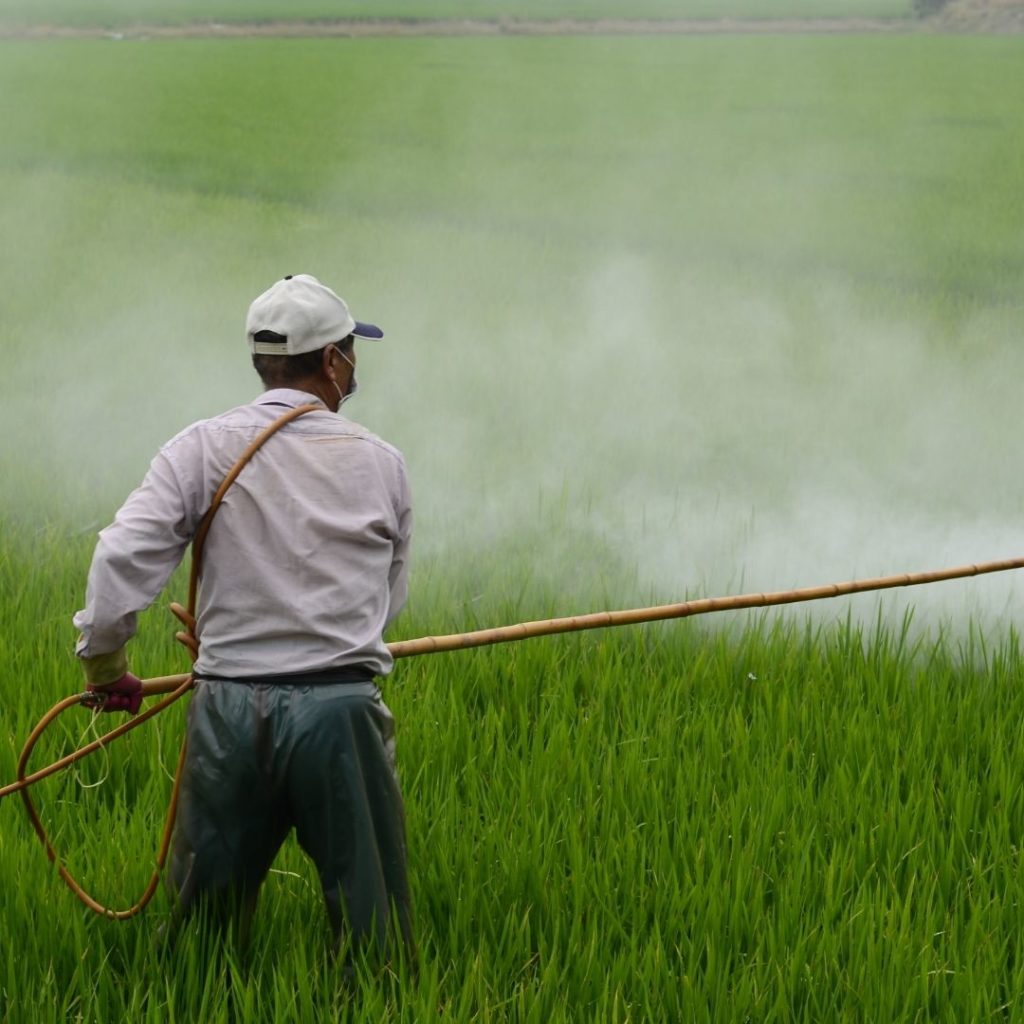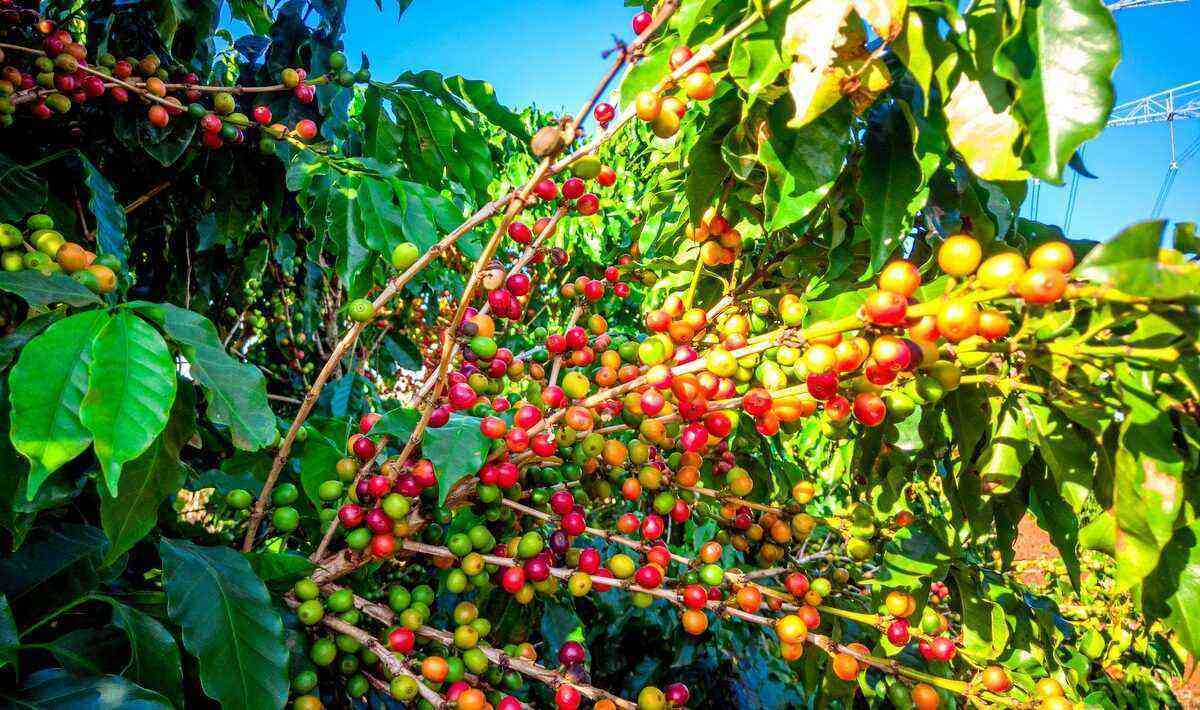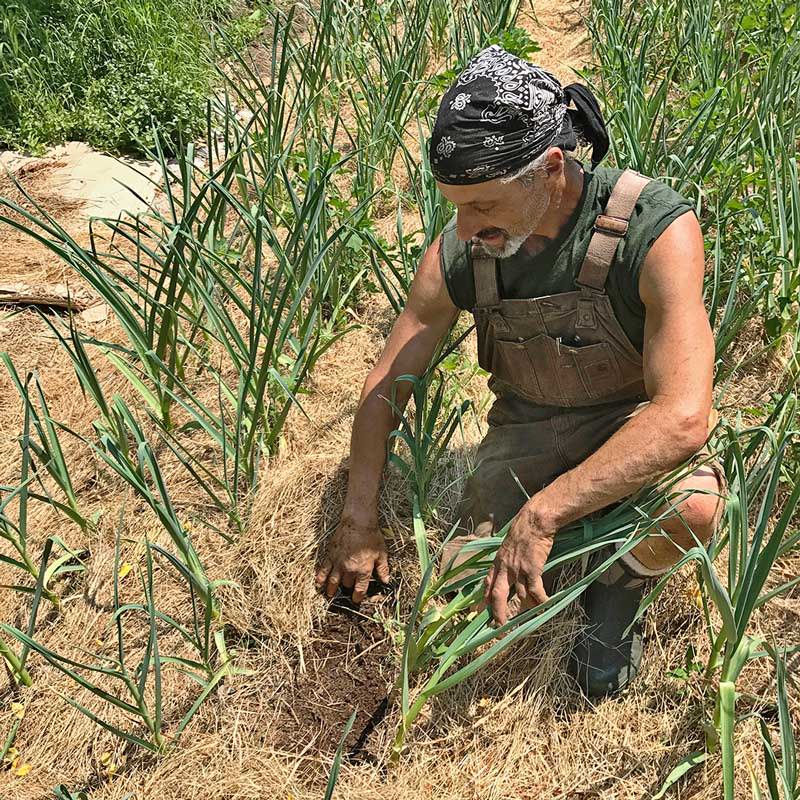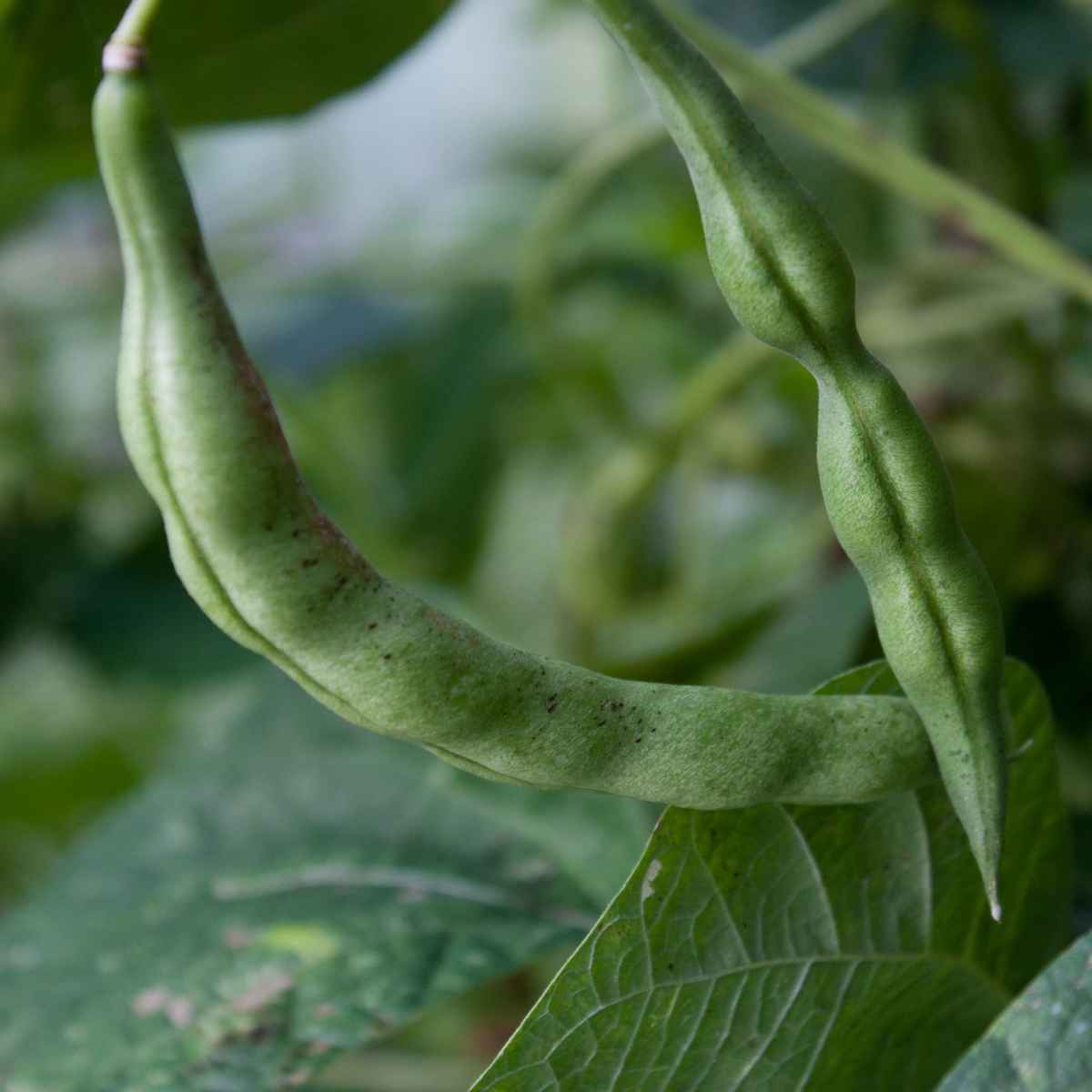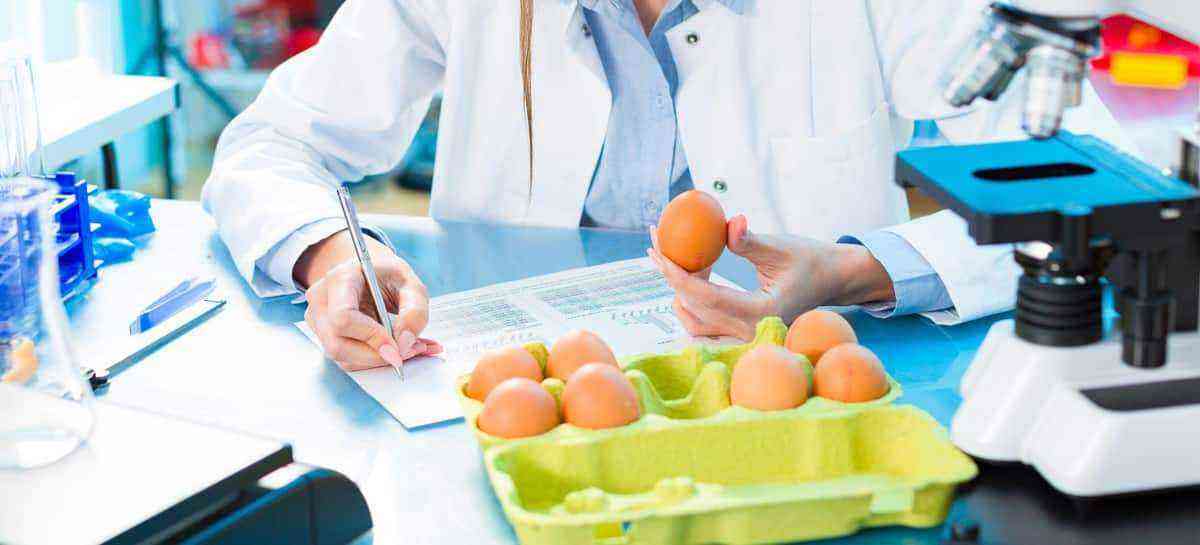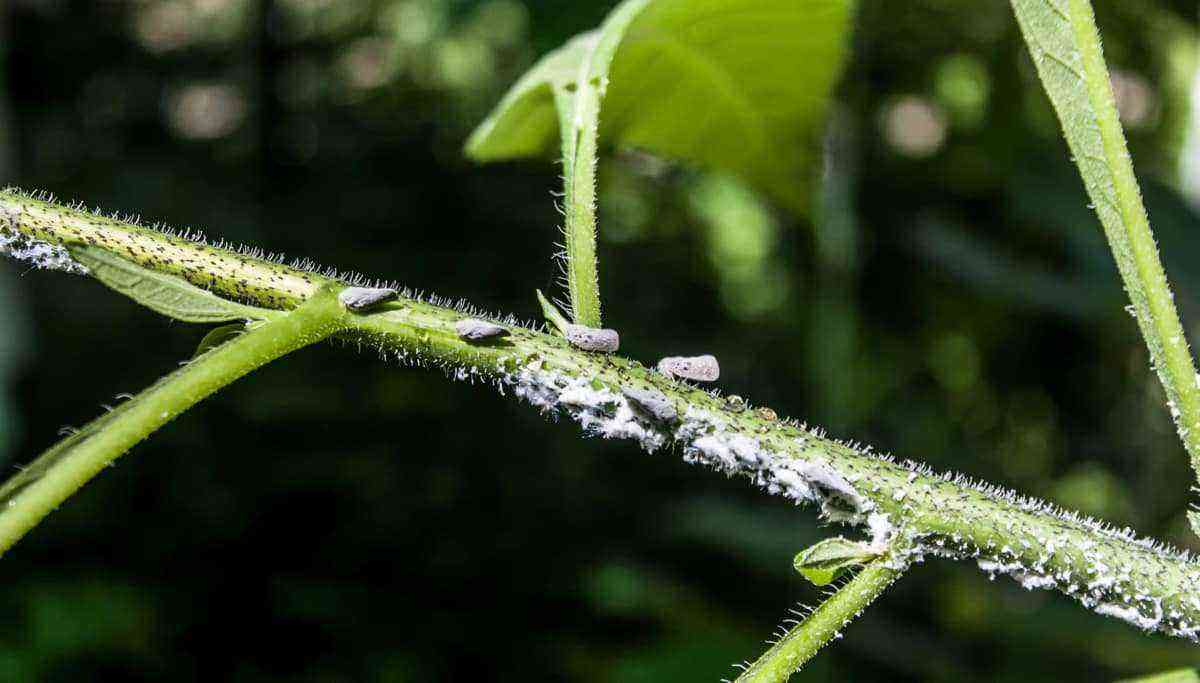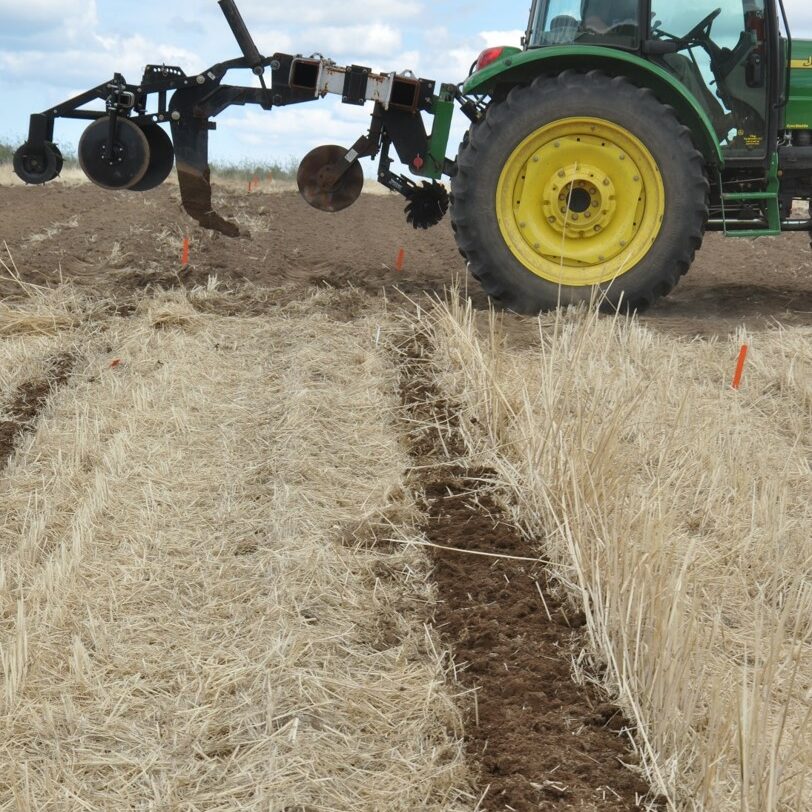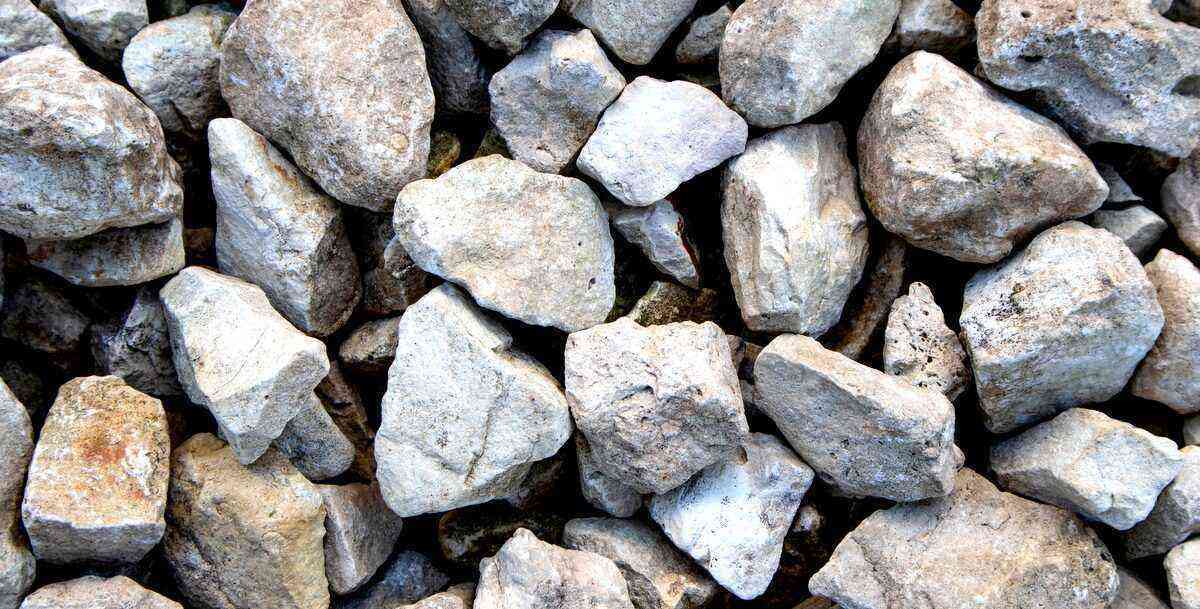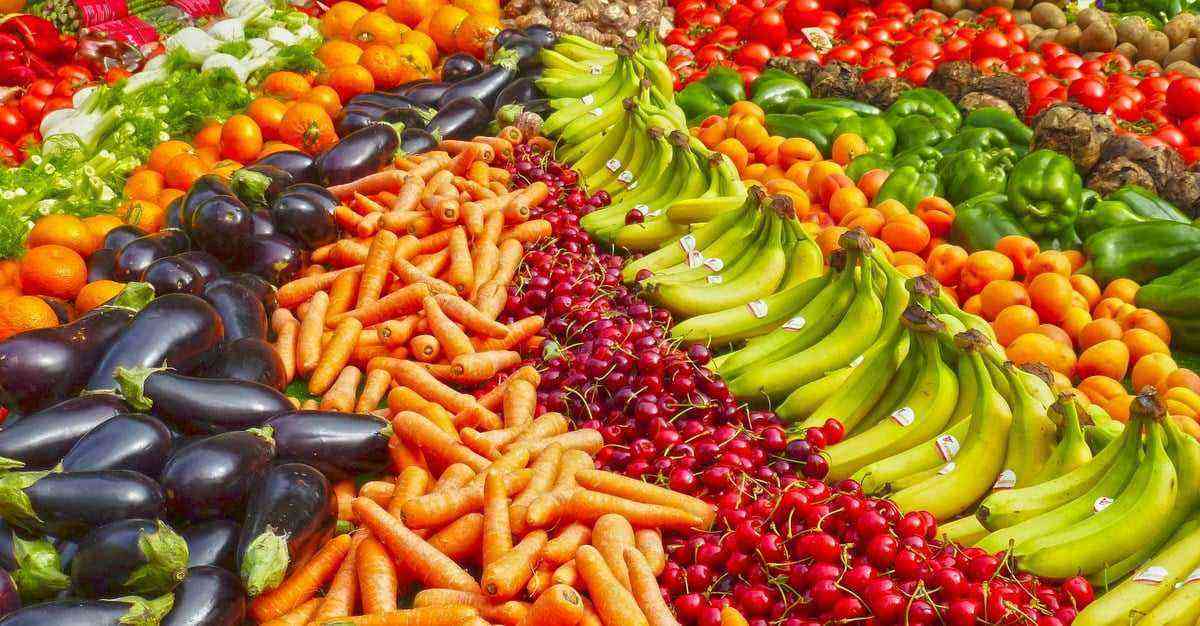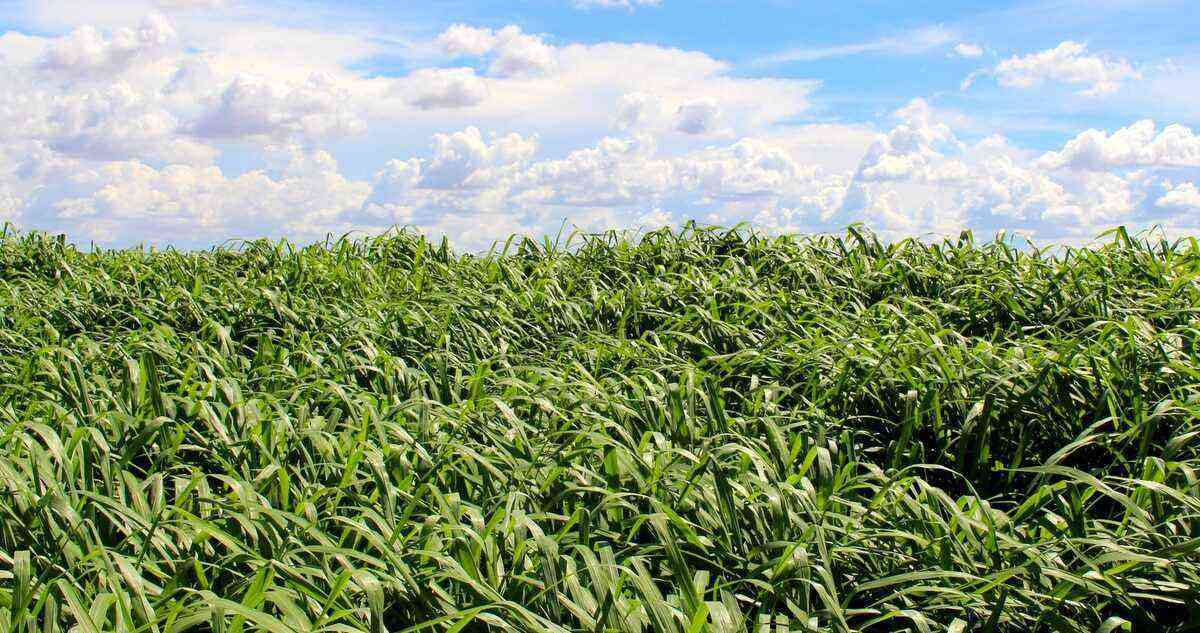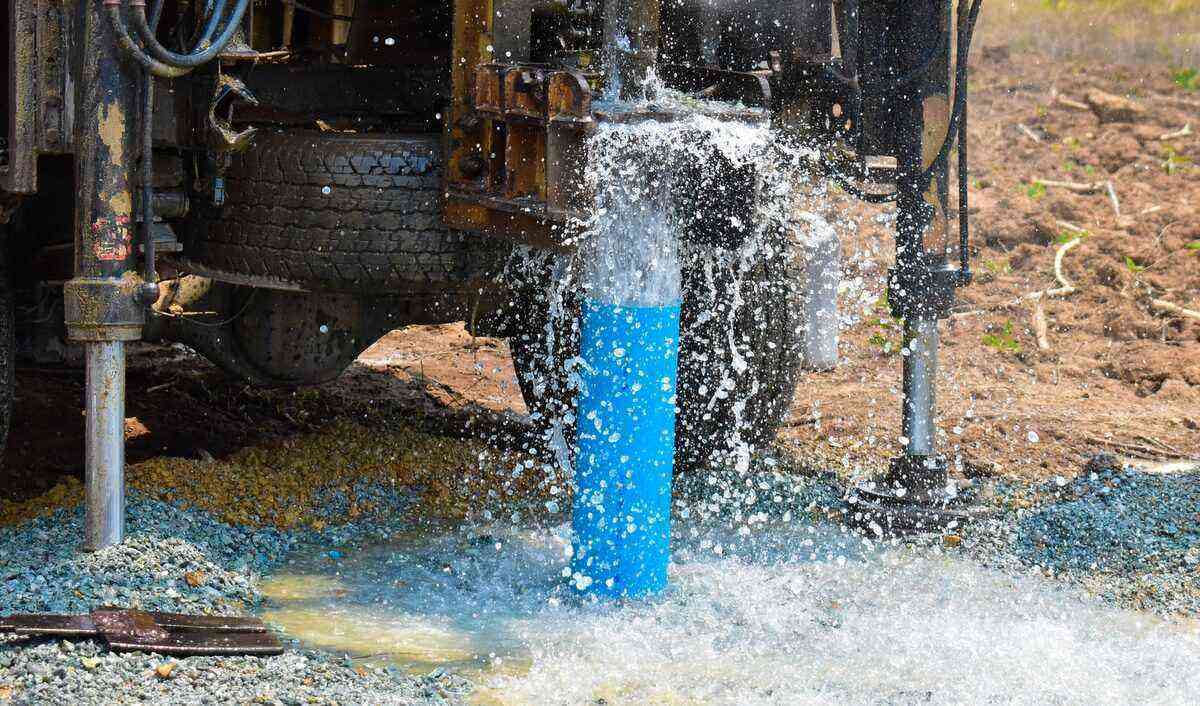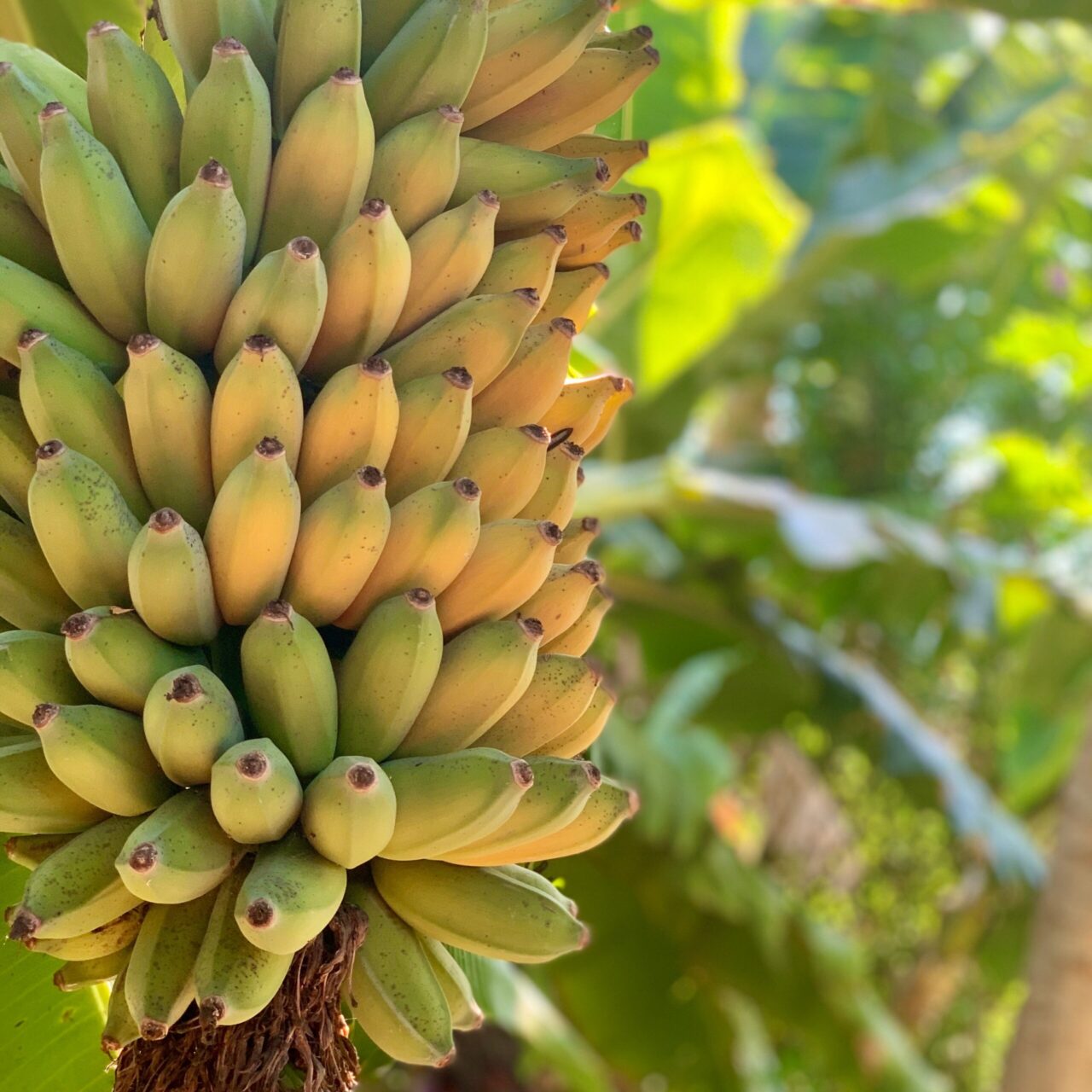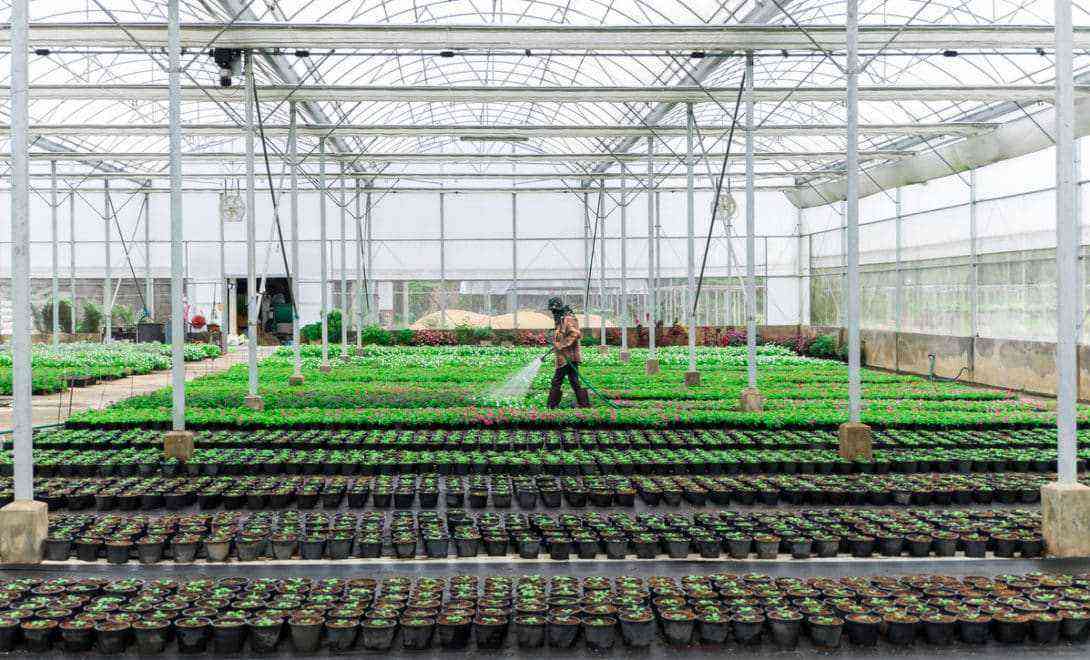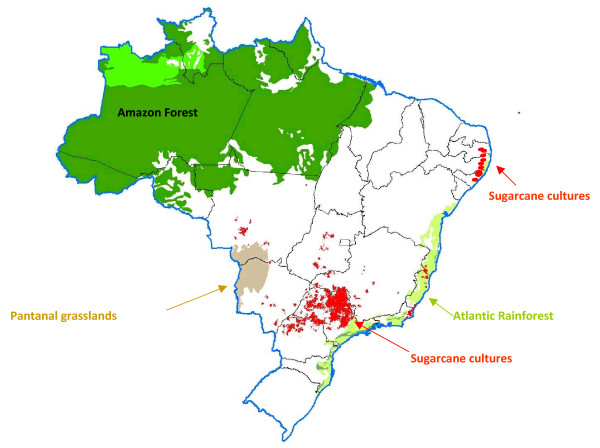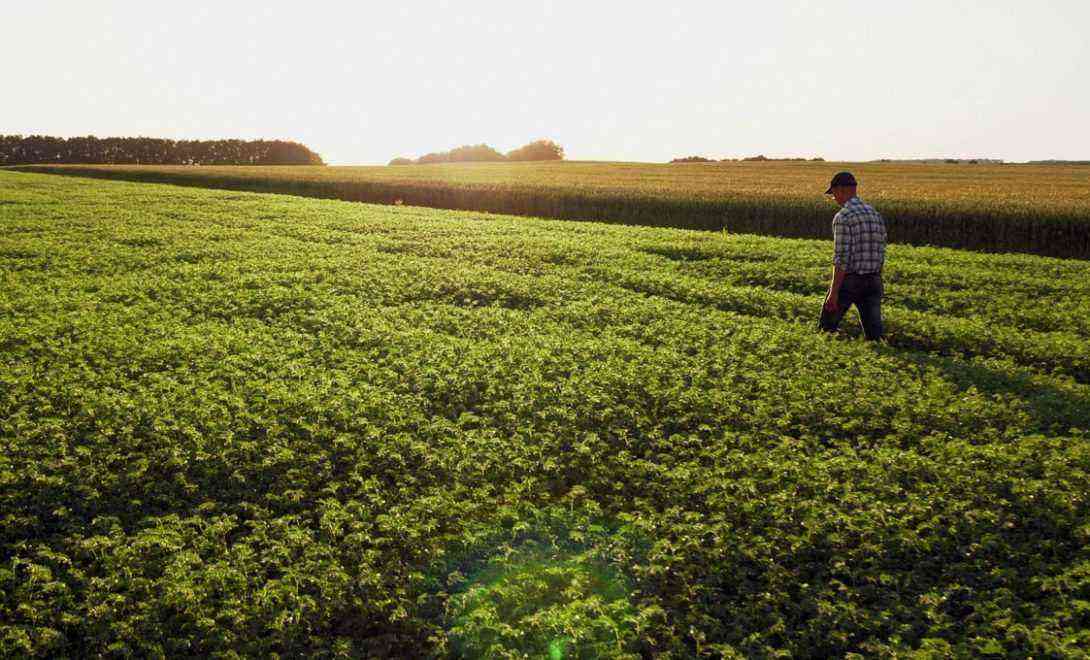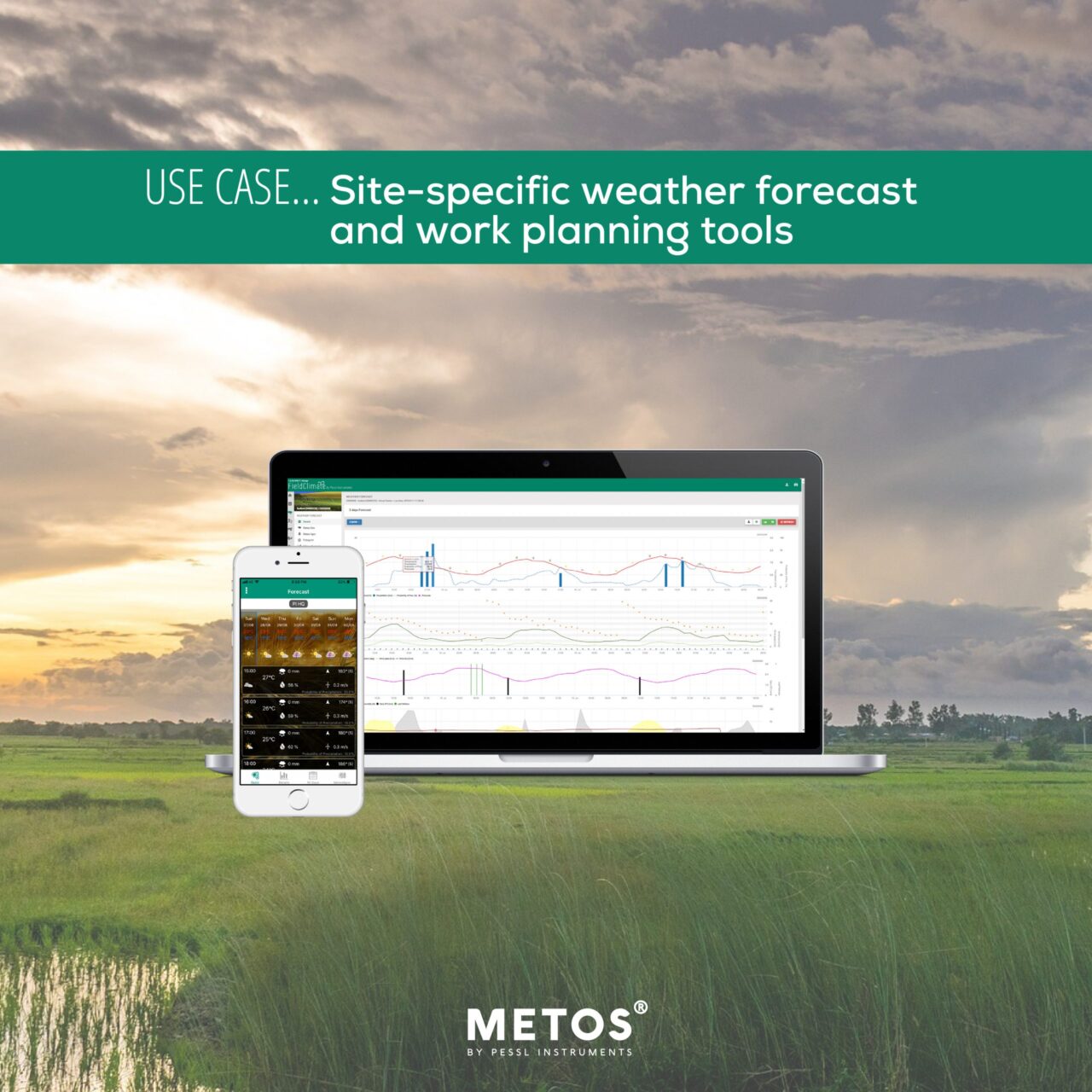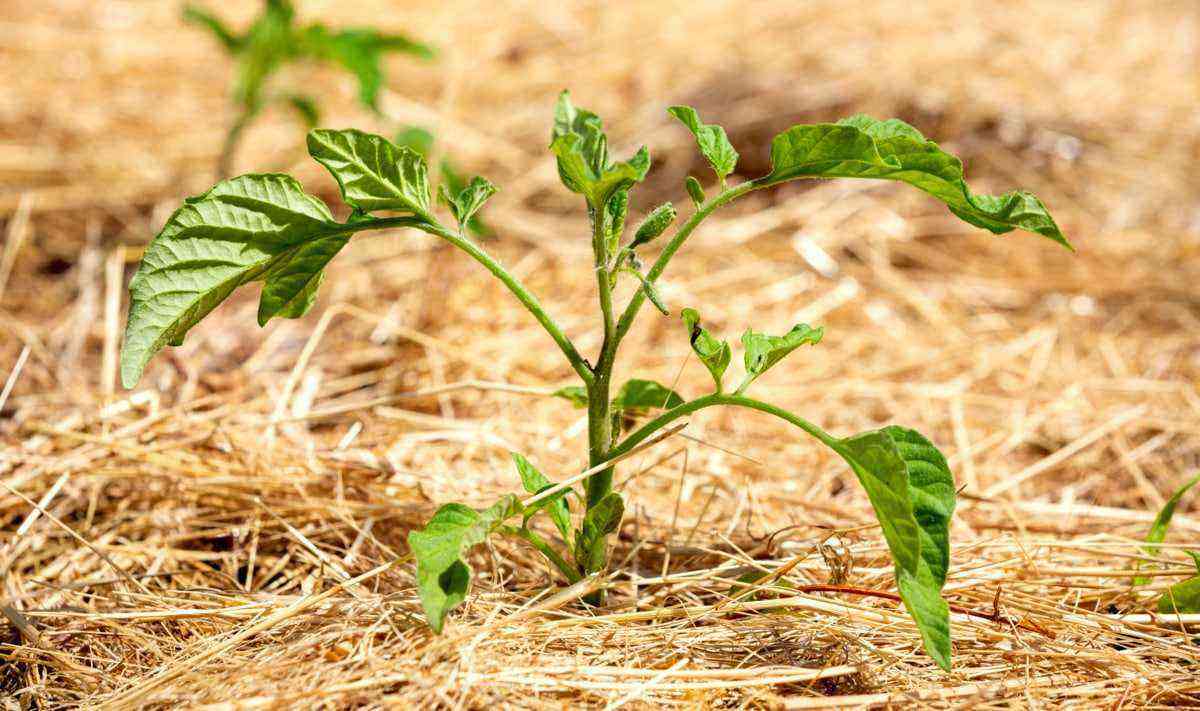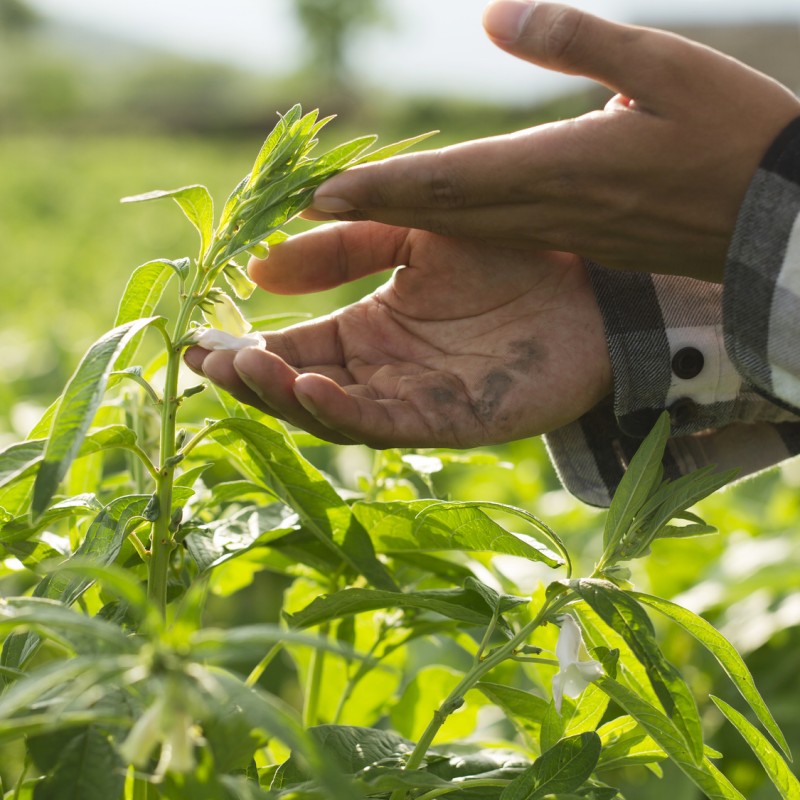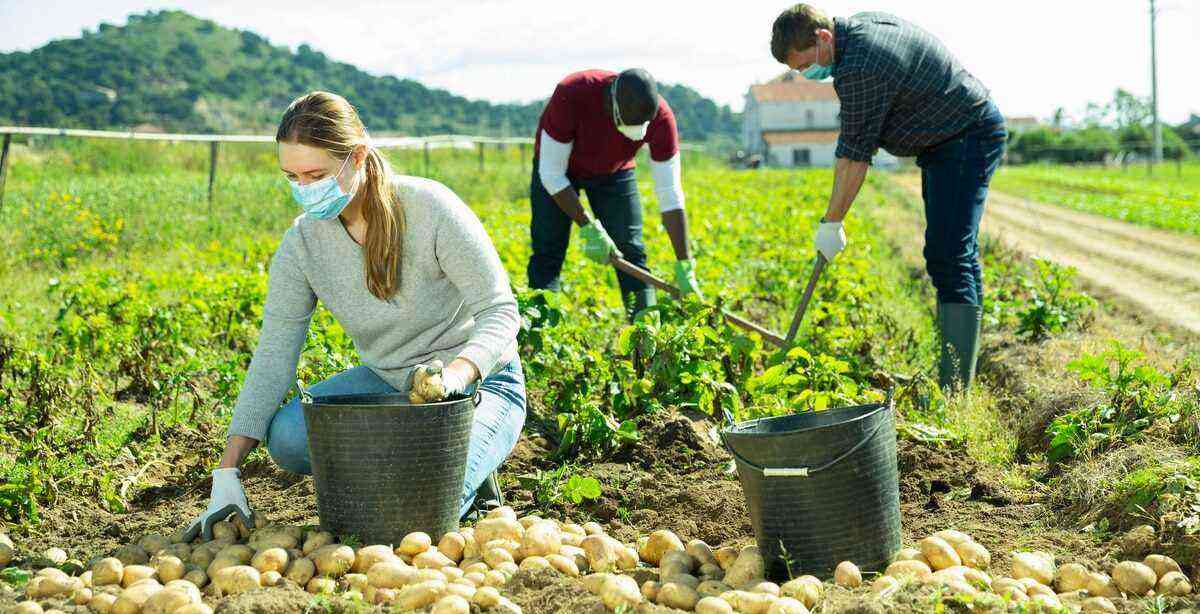Ensuring soil fertility is one of the main steps towards increasing agricultural productivity. However, higher expenses with fertilizers do not always mean a great increase in productivity.
After all, the farmer needs criteria to know the best fertilizer, the amount and where to apply. With this, it is possible to reduce costs with this important input of modern agriculture.
In this article, we will be highlighting the importance of soil fertility in order to increase your agricultural production and consequently have more profits when selling the crop.
What is soil fertility?
Soil is the support base of plants in agriculture. As much as there are food production techniques in hydroponic environments, land is still the main medium where plants produce fibers, wood, renewable energy sources, and, mainly, food.
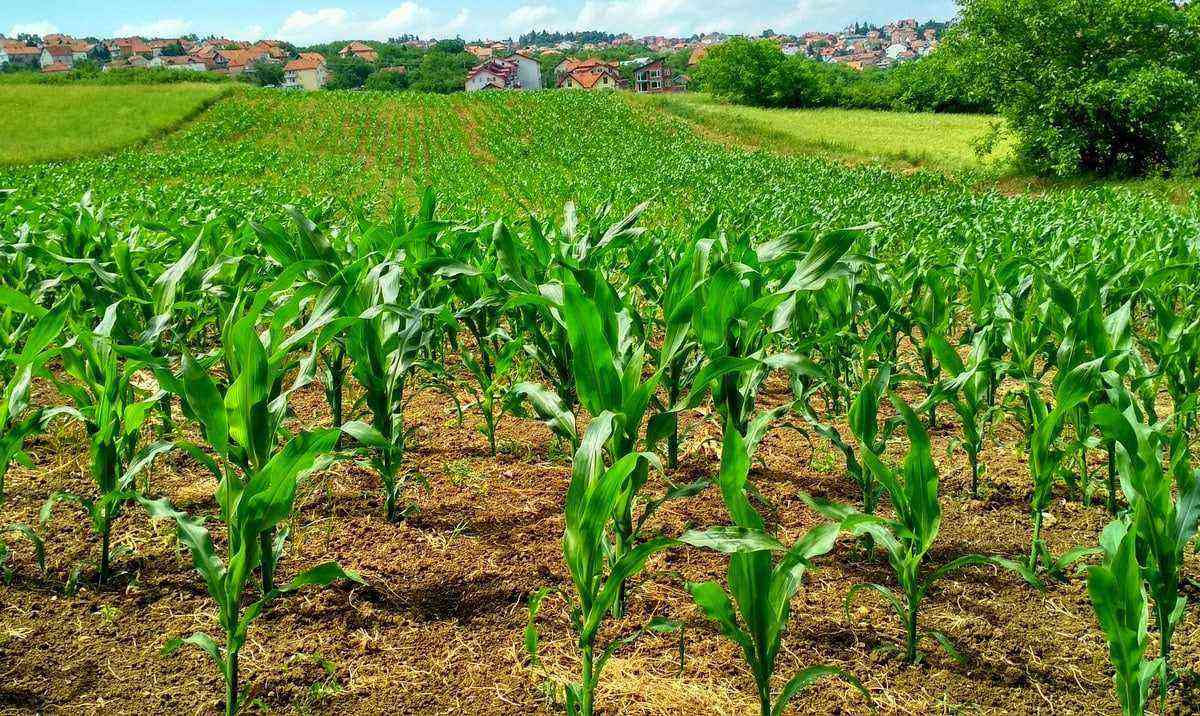
Soil fertility guarantees optimal levels of nutrients available for plant growth, leaving them more vigorous and healthy, with greater resistance to pests.
Plants grow and develop if they have air, water, sunlight and fertile soil available. Certainly with these adequate conditions, it is possible to guarantee a good agricultural production.
According to one of the greatest specialists in this area, the Agronomist, Euripedes Malavolta (published 45 books and 850 articles on the subject), fertility is related to the soil’s ability to provide nutrients to plants, which is essential in modern agriculture.
Therefore, below we will understand how this fertility works. In fact, a fertile soil is what sustains plants, stores water and filters pollution.
Are soil fertility and productivity synonymous?
In the past, many people believed that plants only needed water to grow. But, after several studies, it was realized that both water, climate, temperature, and fertility itself are essential factors in order to obtain high productivity in agriculture.
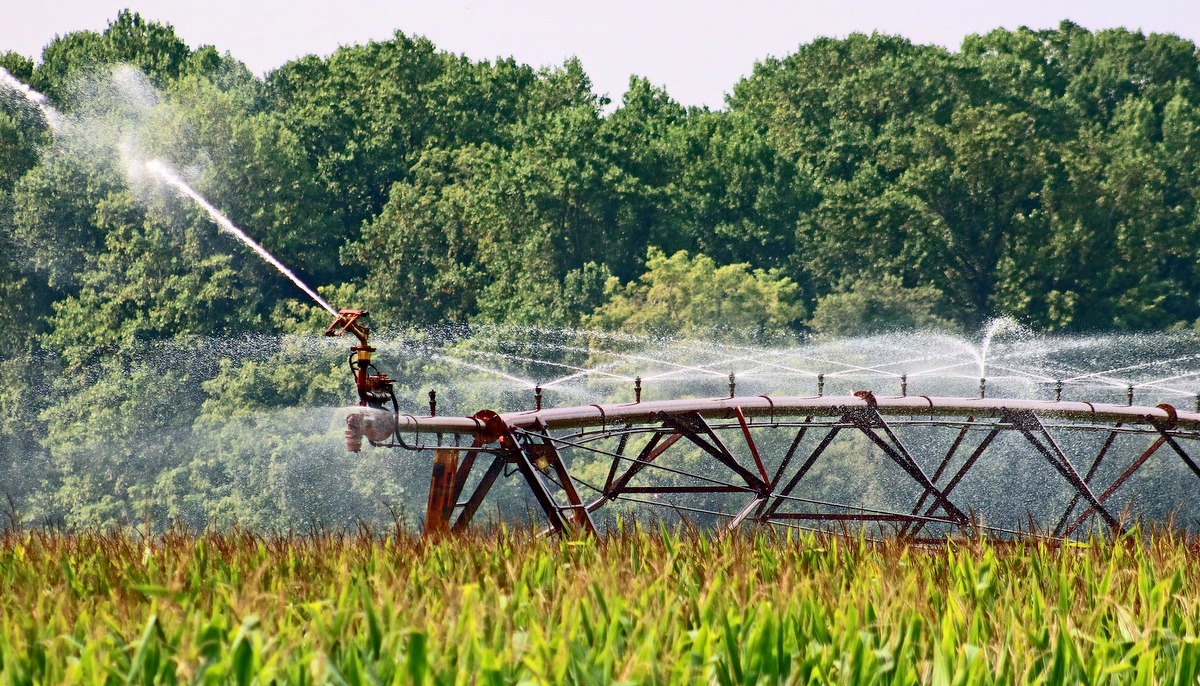
An irrigation system alone does not guarantee good agricultural production. It depends on other factors, such as the fertility of the land.
Imagine a producer who grows corn in both agricultural seasons in a fertile area. In the first, he had at his disposal all the favorable environment mentioned above. In the second harvest, there were problems with the weather: less rain, in addition to low radiation and temperature.
The natural tendency is for this second crop to present lower productivity because the plant did not have the same nutrients available as in the first production cycle.
For this reason, fertile soil will not always be productive. It is necessary that the environment as a whole is favorable during the entire cultivation period. This is essential in agriculture.
How to find out soil fertility
In order to know which nutrients can be found in the soil, it is necessary to carry out a sampling in some points of the property.
In fact, these points must be defined following specific criteria, such as topography, terrain homogeneity and slope, in order to allow the variability in the stands to be represented in a real way.
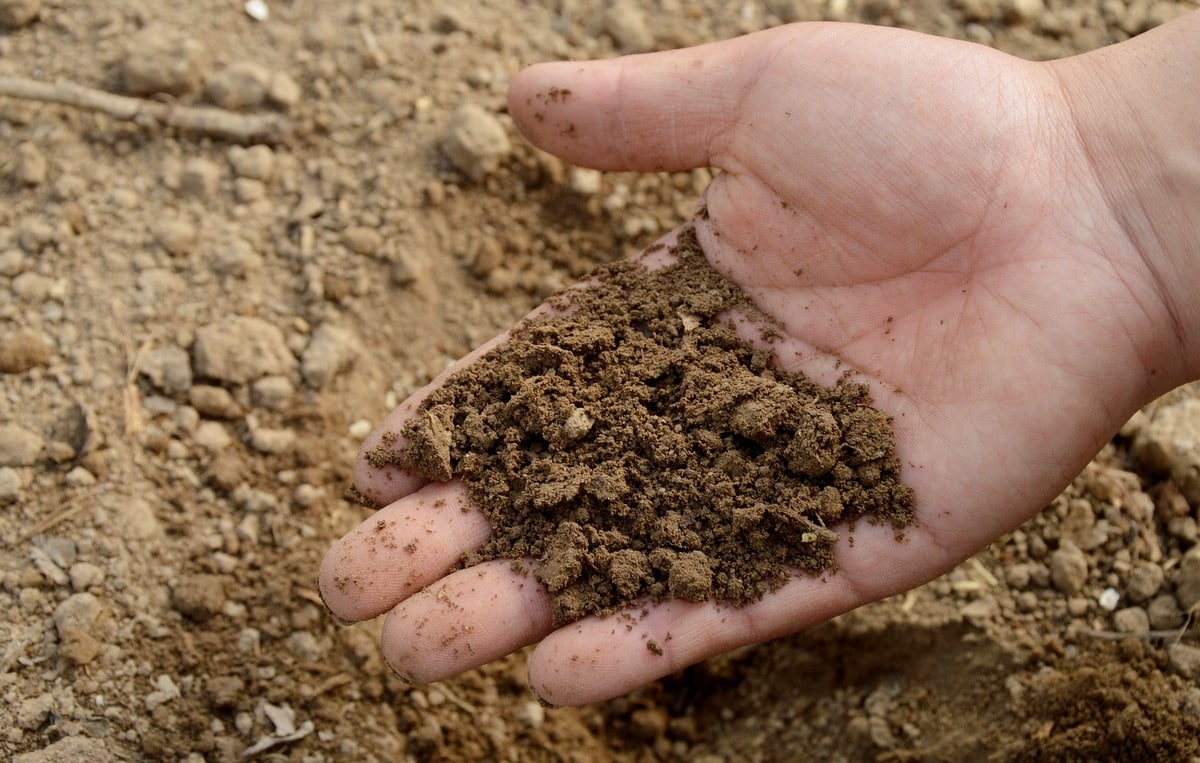
In order to find out the level of fertility of the agricultural soil, it is necessary to collect samples that will be analyzed in the laboratory.
Soil collection can be done with some simpler equipment, such as an auger, or using precision agriculture tools, ie specific probes for this task. In addition to collecting samples, it is possible to measure the level of compaction and moisture.
Compacted layers reduce productivity, that is, they prevent the root system of plants from reaching greater depths. Equipment such as subsoilers and harrows prepare the soil and turn the surface and subsurface layers into conditions for agricultural production.
No video below, follow all the steps in order to make a good collection of samples in order to evaluate the fertility of the soil. Important precautions that guarantee the quality of the final result:
Source: Epagri Videos.
After collection, the samples are sent to a laboratory that will analyze their fertility. This technical study is considered one of the best investments in agriculture, as it brings savings in the use of fertilizers and increases, resulting in agricultural productivity.
The cost of a soil analysis can vary from R$ 6,00 to R$ 50,00, depending on the number of hectares and the type of analysis required. Compared to the benefits generated, this value is easily diluted in agricultural costs in the first crops.
Two types of analysis are generally performed:
- physical analysis: determines the granulometry of sand, silt and clay fractions, moisture, porosity, density, among others.
- Chemical analysis: determines soil acidity, macro and micronutrients, organic matter content and aluminum saturation.
A leaf analysis allows you to know which nutrients are present in plants. This type is made with the objective of knowing deficiencies or toxicity of some nutrients.
Having this “x-ray” of the property in hand, the farmer can understand fertility variability and distinguish areas that most need liming and/or fertilization.
Soil analysis at hand: now what?
An agronomist or specialized company must interpret the results of the soil analysis carried out by the specialized laboratory. It’s not such a difficult thing. But, it requires the knowledge of a qualified professional who will make the correct recommendations in order to guarantee the fertility of the planting area in agriculture.
The first item to check is the presence of acidity on the ground. If a high amount of hydrogen is found in the sample, it is necessary to make the correction.
More than 70% of cultivated land has high acidity. Soil acidity does not favor plant growth, as it affects the availability of nutrients to plants.
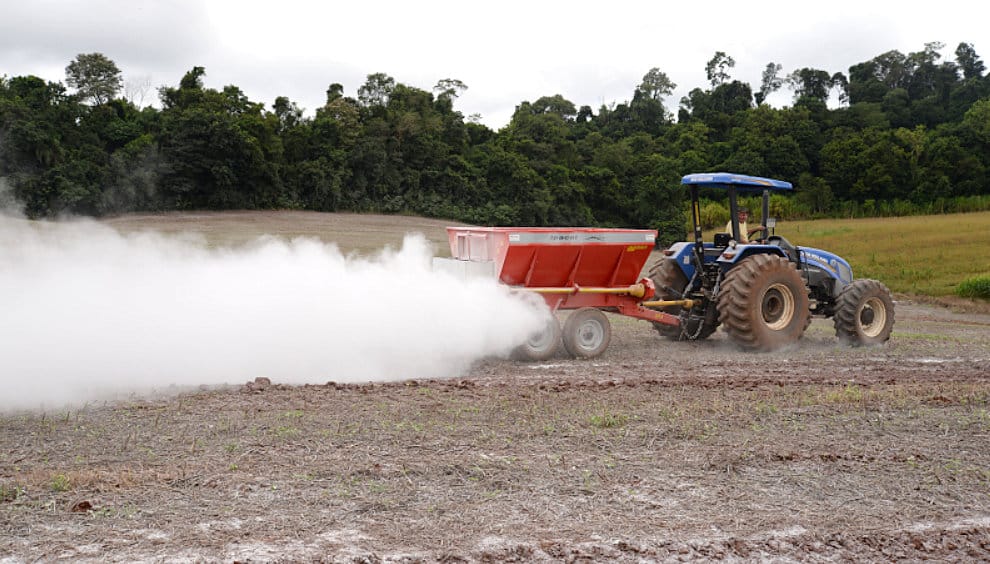
The application of limestone is one of the most used techniques in order to correct the acidity of the soil, improving its fertility. Photo: Nova Candelária/RS.
Liming is a simple and effective technique that aims to increase calcium and magnesium levels, with the use of limestone, neutralizing acidity. However, limestone needs time to act.
Therefore, some producers opt for the application of filler, because it is a mineral that regularizes this situation more quickly.
Organic matter must be considered in the analysis. An increase in levels improves soil fertility, favoring the maintenance of nutrients and mineralization of herbicide molecules.
Amount of fertilizers
With the soil corrected and the culture that will be used in the planting area defined, the technician calculates the necessary amount of fertilizers. In order to develop, plants need macro e micronutrients essential. And excess or lack can make all cultivation unfeasible.
Os macronutrients are required in greater quantities by plants: nitrogen, phosphorus, potassium, calcium, magnesium and sulfur. already the micronutrients like manganese, sulphur, boron are little required.
The types of fertilizers most used in crops grown in Brazil are:
- Nitrogenated: urea, ammonium nitrate, ammonium sulfate.
- Potassium: potassium chloride, potassium nitrate.
- Phosfatados: super simples, super triplo, DAP, MAP.
- Organic: cow manure, poultry litter, rock dust, organic compost.
Remember the “4C handling“, that is, use fertilizers in a balanced way in the right sourceAt right time with right dose e right place.
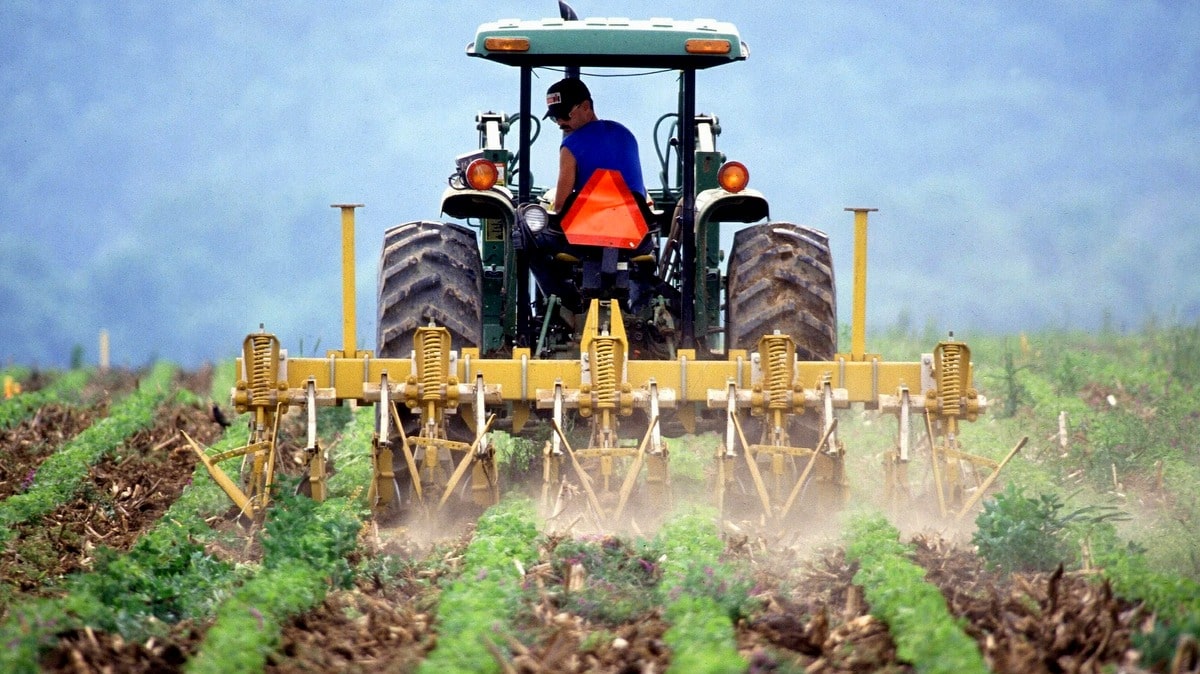
With fertile soil, the farmer will have greater chances of obtaining good agricultural productivity.
Conclusion
Therefore, as we have shown in this article, even with the costs of fertilizers varying with each harvest, because they are sold at the dollar rate, the farmer should not neglect the use of the products mentioned above.
This is because they guarantee soil fertility and crop productivity. But at the same time, using it responsibly, thinking about the conservation of the environment.
Speaking of soil, one of the biggest “enemies” of agriculture is erosion. In this sense, check out how this phenomenon occurs and what types exist. Good reading!



